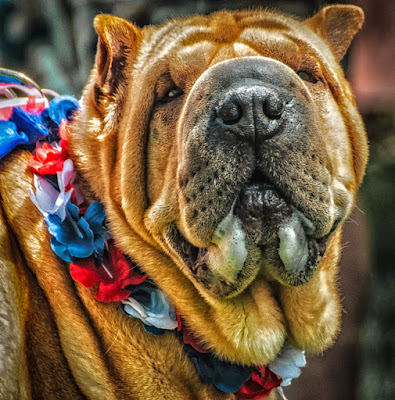
Raw images are notoriously dull. Straight out of the camera there’s no
sharpening, no contrast or color adjustment, no here’s Nikon’s (or Canon or
Sony or whoever) best guess as to what the finished image should look
like. Take a look at this past Monday’s
post. It has a before (right out of the
camera) and after (the lead image) and demonstrates where an image can be taken
to by developing a RAW image. Typically
photographers fall into a few categories.
Those who shoot exclusively RAW and will develop an image. Those who shoot exclusively JPG and let the
camera make the decisions. Those who consider
what they’re shooting and why and decide either to shoot RAW or JPG. If they’re shooting personal stuff that might
become a portfolio piece, they shoot RAW.
If they’re shooting a local high school baseball game, they shoot JPGs
to get the shots to the newspaper or school without needing to do additional
work. Then there’s another, rather odd
duck, sort of shooter. He/she will shoot
everything in RAW. If the images will be
developed or printed as is, they still shoot RAW. It’s rather bizarre. Another case would be something that I came
across the other night. I was out doing
some test shooting with some friends. We
have a night shoot coming up and were trying to get the parameters down. Somehow the subject came up and one of the
women said she only shoots in Manual mode.
She was very proud of that fact.
Now, she has one of the more expensive cameras out there. I don’t understand why someone would buy an
expensive computer (the camera) and then use it as if it was a shoebox. Knowing her, she’s just not that capable
enough to determine exposure just by looking at a scene. It appears she’ll take a shot, say “oops, it’s
too dark (or light)”, fiddle with the settings, try another shot and keep
going. Again, another bizarre thing to
do to get an image. I understand why she
doesn’t shoot sports. As we were shooting
she would make comments like “I was at F10, but it was too dark. I’ll switch to F 9 and try again”. Really, was she so close to a great exposure
that she was changing by 1/3 stops to get the absolute perfect exposure? No, she was closed to 3 stops off than 1/3 of
a stop. I suggested she change it by a
full stop. She said she had, from F 10
to F9. Where’s a rim shot when you need
it? (Music term, not photography.) To find out my thoughts on using manual
settings on a camera, hit the “Read More”.
Believe it or not, I’m all for people understanding what a
camera does in manual modes. I just don’t
think people should use Manual once they have that understanding. If you understand that you’ll get the same
exposure by using any of the combinations in the table below it means you have
the nuts and bolts down.
|
F 16
|
F 11
|
F 8
|
F 5.6
|
F 4
|
F2.8
|
|
1/30
|
1/60
|
1/125
|
1/250
|
1/500
|
1/1000
|
The camera can calculate those equivalences faster than the
human mind can. My thoughts are that the
creative decisions should be made by the human and let the computer do the
math. I typically use Aperture preferred
mode. I decide what’s important. Am I shooting a portrait? I’ll want short Depth of Field, therefore I
want a large lens opening like F2.8. As
long as there’s enough light to get a reasonable Shutter Speed I really don’t
care if it’s 1/500 or 1/750 or 1/1250th of a second. Actually, the faster the better. Faster Shutter Speed will cut down on the
possibility of camera shake. The
exposure will be correct because the camera (the computer) did the math. I made the creative decision.
Same goes for doing landscapes. The “creative decision” would be to go for a
small lens opening. F 11 or F16
perhaps. I know the Shutter Speed is
going to be slower, so a “technical decision” would be to use a tripod or
not. (Use a tripod.) Again, once the human decisions are made, let
the camera do the math. I don’t care (to
a point) how long the Shutter is open.
The “(to a point)” reference above is there because there
might be mitigating factors. Are you
shooting the skyline of New York with a boat sailing down the Hudson? If you are you probably don’t want the boat
looking like a streak in the water.
There you need to make a creative compromise. You’d probably want to open the lens to give
a faster Shutter Speed.
As long as you’re making the decisions, let the computer
(the camera) do the heavy lifting.






0 comments:
Post a Comment